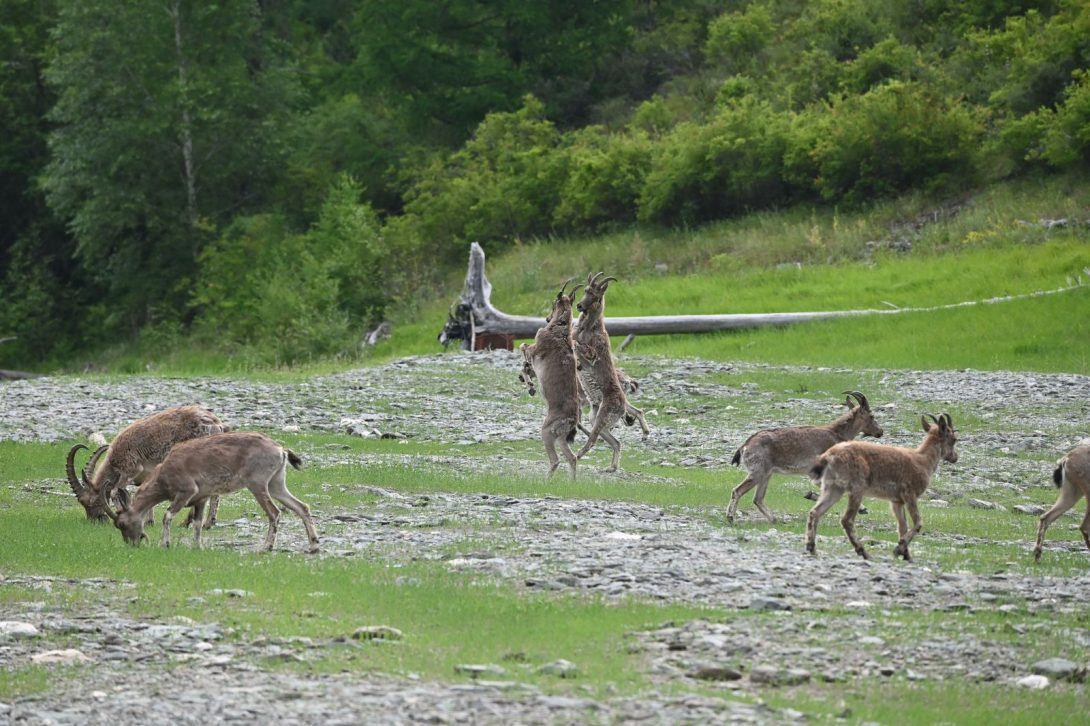

Specialists have summarized the results of the spring-summer count of the Siberian ibex in the Sayano-Shushensky Reserve. The next count will be conducted in the fall, after which final conclusions will be made about the number of ibex. This was reported on its website by the United Directorate of the Sayano-Shushensky Reserve and the Shushensky Bor National Park.
"The spring visual census of ibex in the Sayano-Shushensky Reserve marks the beginning of a cycle of field studies of this ungulate species. Groups of Siberian ibex will be monitored throughout the summer, and a visual autumn census will be conducted in late October-November. After analyzing the results of all observations, it will be possible to draw a conclusion about the total number of the reserve group of the Siberian ibex," the message says.
According to Roman Afanasyev, a senior researcher at the directorate, the number of Siberian ibex within the reserve remains stable and is estimated at 1,700 individuals.
"During the counts on three routes in three days, 551 individuals were encountered. The number of young animals this year is higher than last year," his words are quoted in the message.
The count is carried out early in the morning, when the animals, mainly females with cubs, descend to the reservoir for watering. Passing by boat 100-150 meters from the shore at a speed of 15-20 km/h, researchers visually count all ibex in the coastal strip. The age and sex composition of the groups is specified using binoculars. During the counting process,the time and place of observation of individual groups, the total number of animals in the herd, and their distance from the shore are recorded, the message says.
The field work was carried out in the coastal zone of the reserve from the Talovka River to the southern border of the protected area (about 90 km). In addition, specialists covered a hiking route along the Bolshoi Ury River (25 km) to clarify the boundaries of the species distribution.
"In the spring-summer season, females with cubs prevail on the counting route. Females feed newborns, therefore they are tied to the largest water arteries. Males have enough moisture from small sources, they occupy higher mountain stations.In addition, they are not so strongly attached to the rock massifs along the rivers, which provide shelter from predators and bad weather for females with cubs. The number of males in the population allows us to count the autumn census,when animals form mixed herds during the rutting period," the message says.
 Blogs
Blogs
